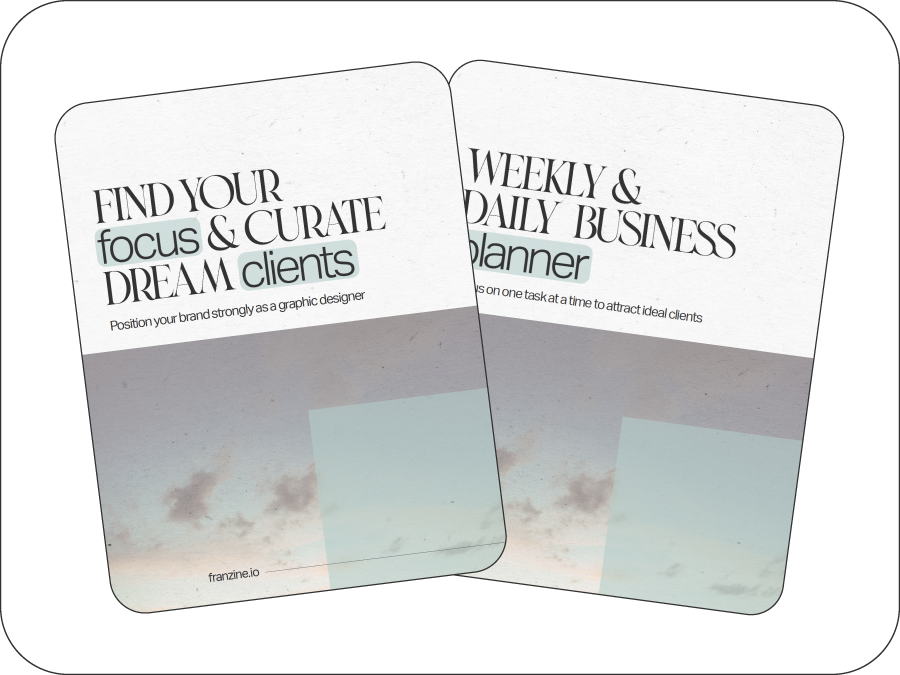Goal Setting for Creatives

Why does goal setting seem to be exclusive to the start of every new year? Why do creative goals seem to dwindle away slowly, and by spring it was just a forgotten wish?
Part of the problem is we think if the goals were too big, they were most likely unattainable.
That’s all in the mindset of how we set ourselves up for success in the first place. We have to link our successes to a more objective point of view.
Once this objectivity leaves our minds, it will turn into an emotional mess. It will become your worst enemy when you are progressively demotivated. That lack of motivation then leads to you giving up on your goal and going back to square one.
We should link our goals to planning and effort. I’ll explain the steps on how you can make this happen.
Research your creative goals
Like most things in life, things have been done before. That includes the creative goals you have like finishing art school, going to a freelance career, learning calligraphy, getting more YouTube followers, etc.
So take your goals and find people who’ve done it before. Then study those people. Check out their interviews, blog posts, Instagram accounts–anything you can find on them. See how they got to where you want to be.
Just like people can validate a business idea, you can validate your goals! It doesn’t have to be exact.
But if you find people who’ve done the general scope of work you want to do, that’s good enough.
Set action items for goal setting
Let’s get into the nitty-gritty details. You have your goals. You’ve validated them with your research. Now it’s time to plan out your strategy to achieve this.
Let’s go to the example of learning and mastering calligraphy. Create a system to get this done the best way.
- First, you’ll need the right supplies.
- Second, you’ll need to read up on the terminology and theory.
- Next, you’ll have to practice strokes and curves.
- Then, you’ll need to learn how to write every letter in the alphabet.
- After, you’ll have to put them all together to look good.
- Lastly, you’ll have to practice every day.
(Forgive me if this is generalized!)
Set a reasonable timeline
As a creative, you’ve learned over the years that knowledge is nothing without practice. You’ve learned the theories but it doesn’t make you a master.
Once you have your system in place, set a timeline that makes sense to achieve it. Don’t rush it, but don’t be too lenient either.
Take your research and see how long it took others to master or be comfortable with their practice.
You can get really detailed with this. The more detailed you are, the more accurate your target can be.
Back to the calligraphy example. After learning theory, each week you want to master a different letter for both uppercase and lowercase. (It takes a little longer in my opinion but to get the gist of it, for this example let’s assume a week per letter).
- In that case, it will take at least 2 weeks to learn theory and 26 weeks to master the alphabet.
- Next, you have to learn flourish styles.
- Then, you need to put them all together to master the art of composition.
- After you’re done, you’ll need to practice your style until you get it right.
- So you can say that to master calligraphy, it will take about 9 months to 12 months. Not bad if you’re dedicated and become a guru after only a year!
If you set your timeline too soon, you will get overwhelmed. People are most likely to quit around this time.
Be kind to yourself! Also, you can use that opportunity to see if the timeline is too slow and if you can actually achieve it in less time. In this case, it’s better too late than too early!
Evaluate your success or setback
When you are in the middle of your process, or the end, don’t forget to do an evaluation once in awhile.
It’s important to keep yourself grounded and be objective in this evaluation. Let’s go to the best situation you could possibly have: you succeeded!
If you succeeded in goal setting, you need to ask yourself why. It’s never by chance. There’s always a reason why it worked. Look at your efforts in the process and try to remember everything you did. Then, list them in order:
- You did your research.
- You set up a process.
- You practiced every day.
- You kept your styles consistent.
- You kept yourself motivated with smaller goals.
- You didn’t take up a new skill.
- You had some accountability.
- You were focused and knowledgeable on the path to success. Awesome!
If you found a system, try that on a different goal you have. Chances are, it will work again.
The second and less desirable outcome: you failed or had a setback.
Now it’s time to ask yourself, why?
You started off motivated. You researched people to emulate but they were too different from each other. It made your research vague. You found a process but skipped a few steps from impatience. You got sick one week and fell behind on your practice schedule.
Then you forgot about it and lessened the urgency. You practiced but found a few cool styles to try. By 9 months, you did not become a calligraphy guru.
See how that worked? You’ll see some patterns to why you failed or needed more time. Don’t let that bother you. Once you list out the facts of why it didn’t happen, you’ll see that the goal isn’t impossible. It’s still in progress.
So re-plan and do it again until you get it right!
Maybe you realized it wasn’t for you but you got really into watercolor painting. Try that! But try goal setting with a different approach or these setbacks will keep happening to you.
The most productive and successful people are consistent.
If you get nothing else from this article, at least remember this–creative goals will not happen if they are not specific.
Also, if there are no action items to follow, it will just be a dream that flies away with the wind.
So don’t wait to plan this thoroughly. Then, go out and accomplish your creative plans with effective goal setting!
Get the 3-day email guide to writing something that feels more like you and less like you're applying to a job so you can build your personal brand

